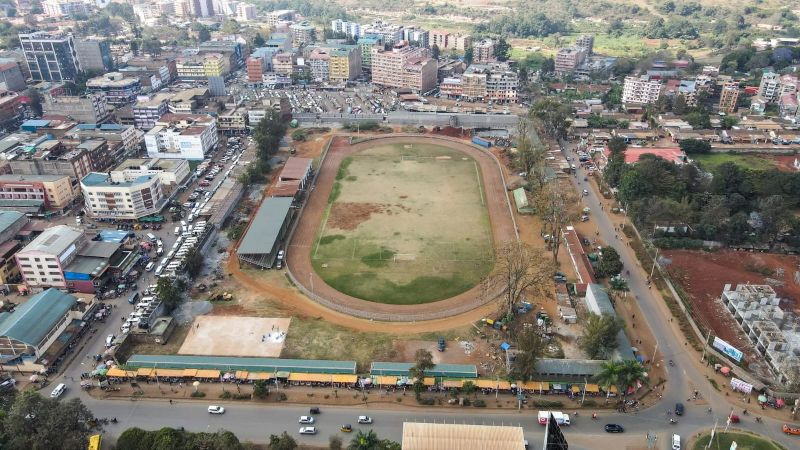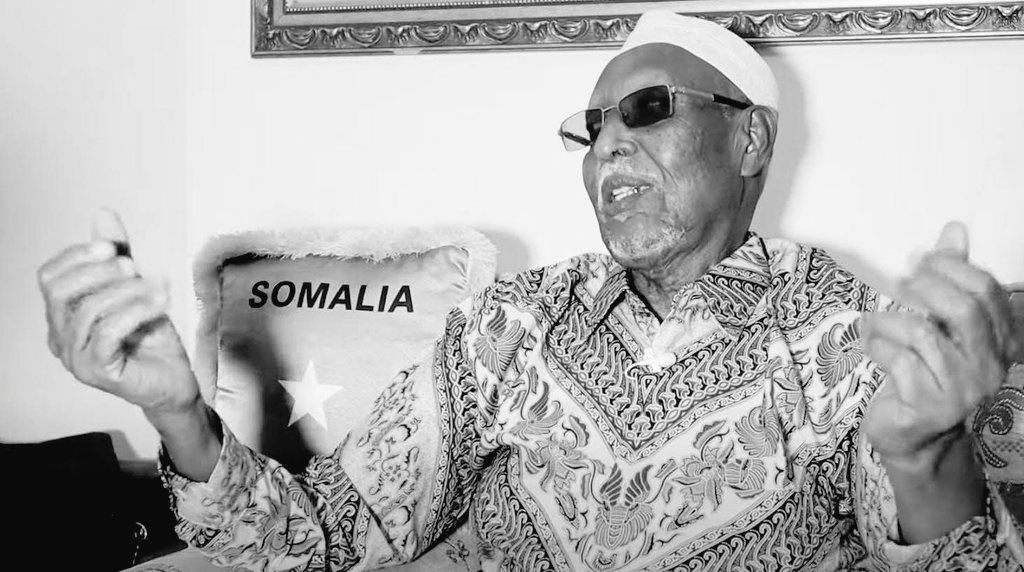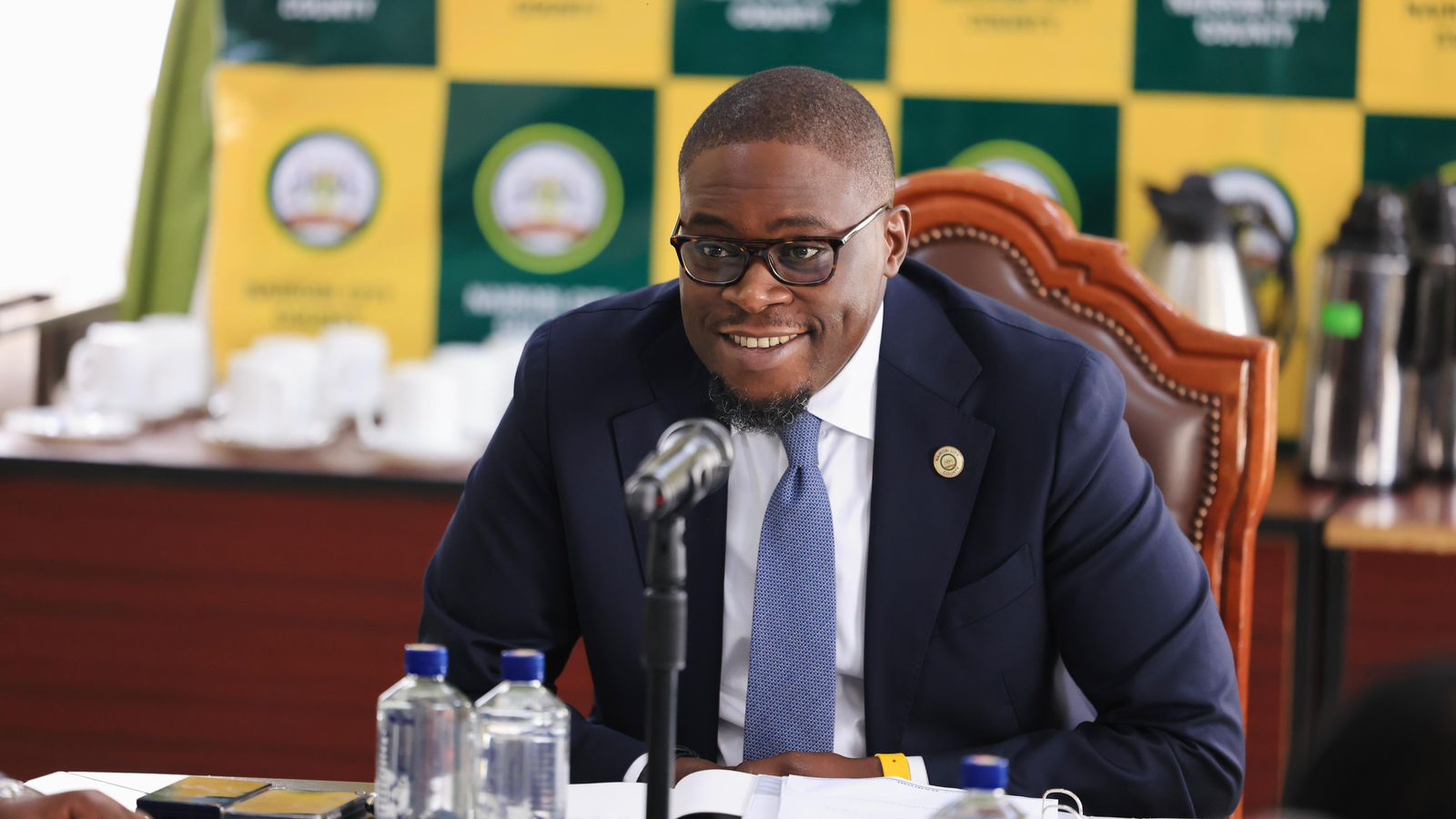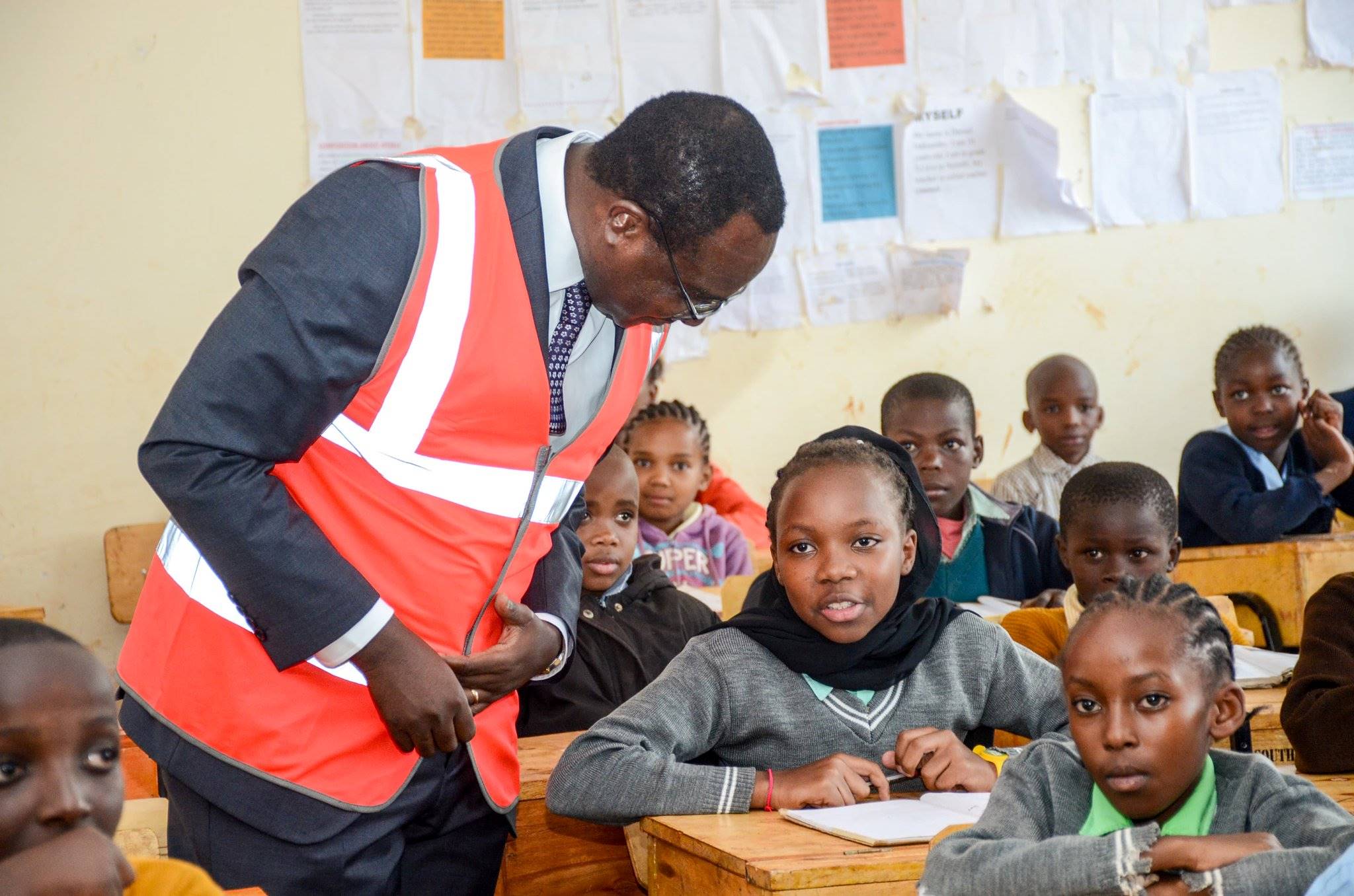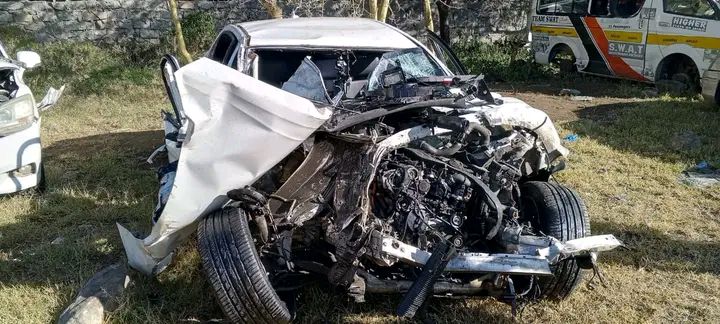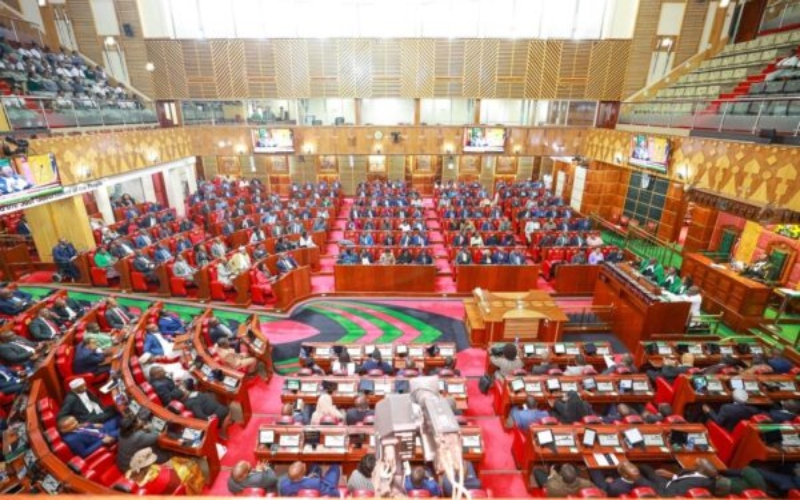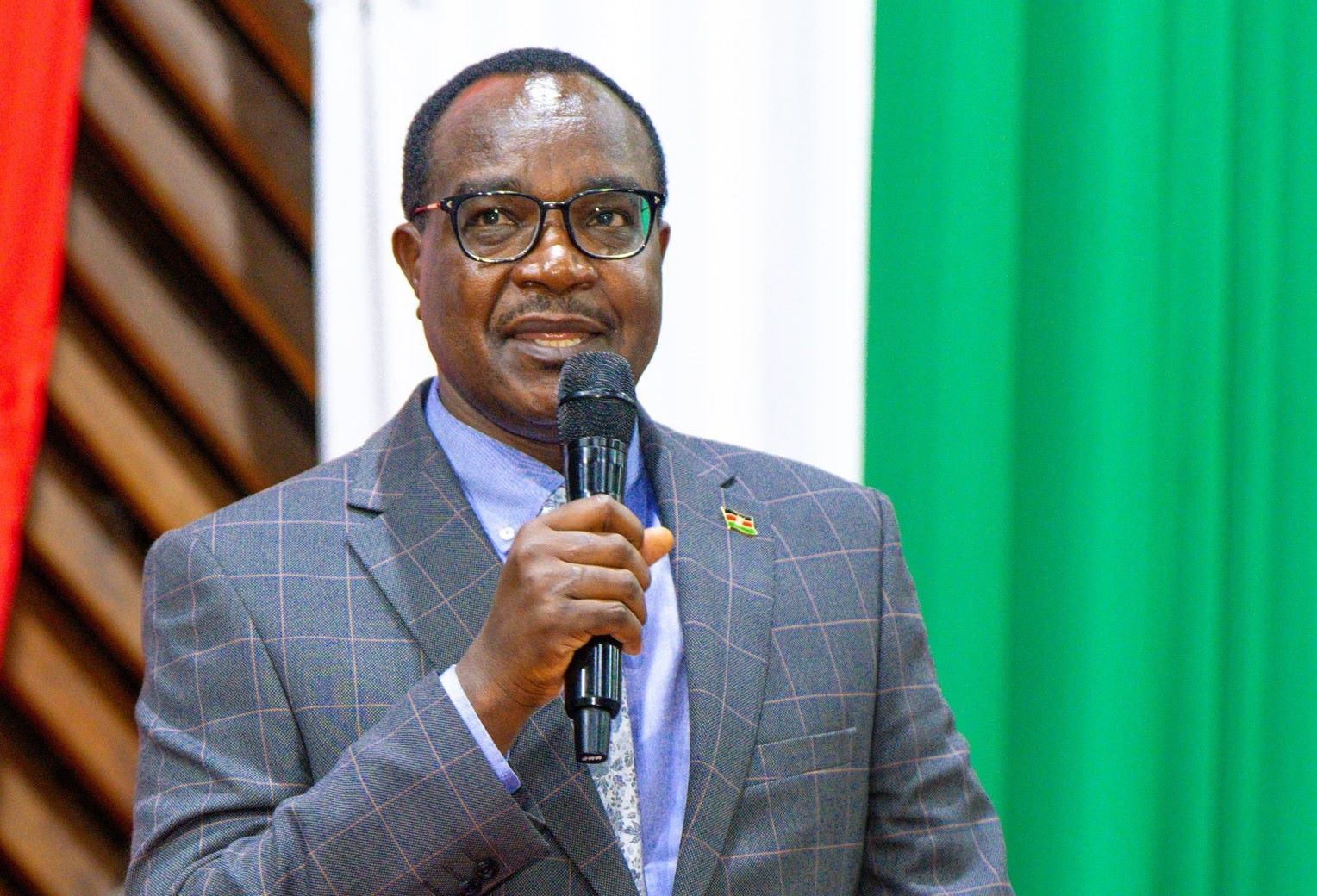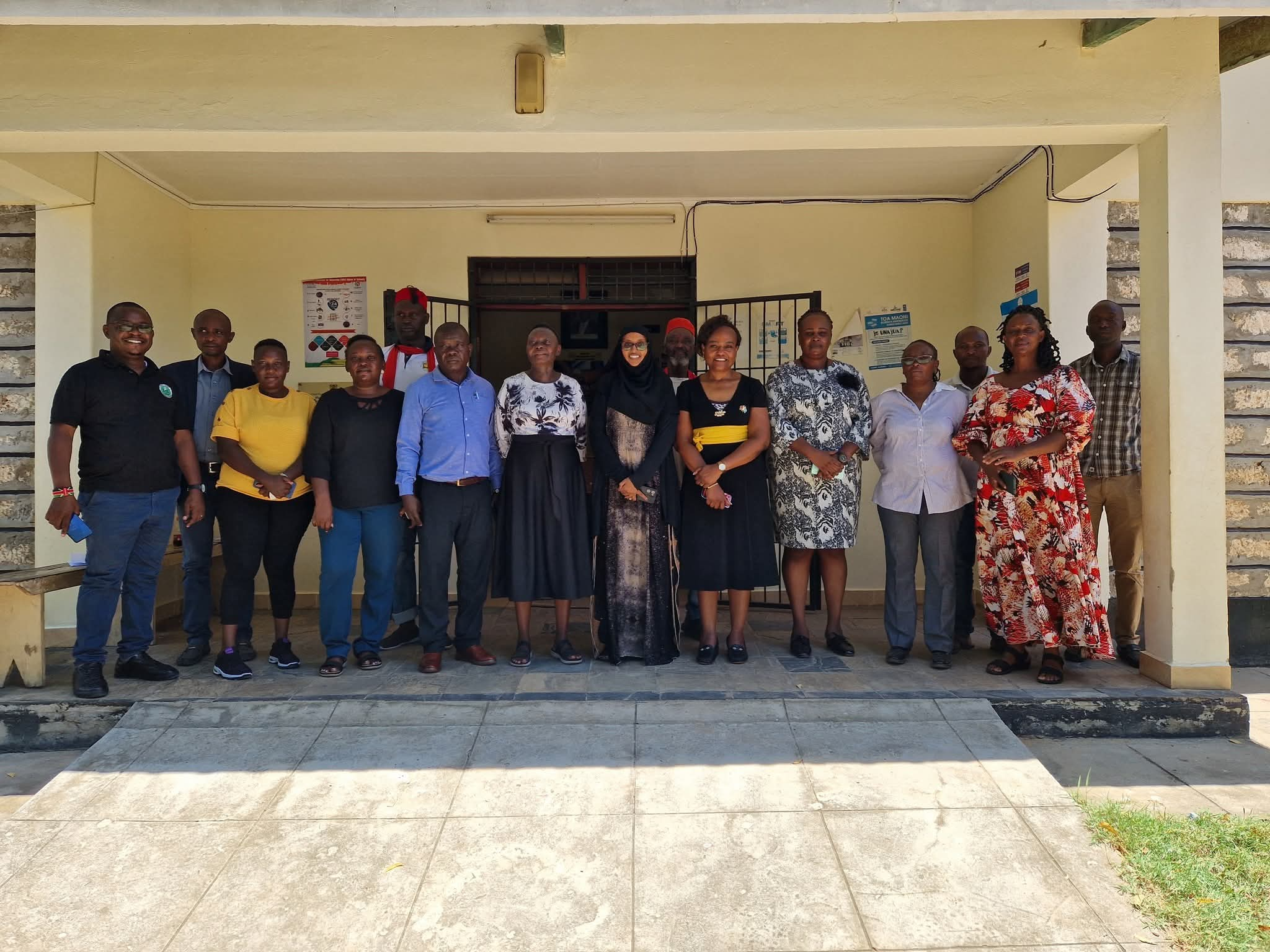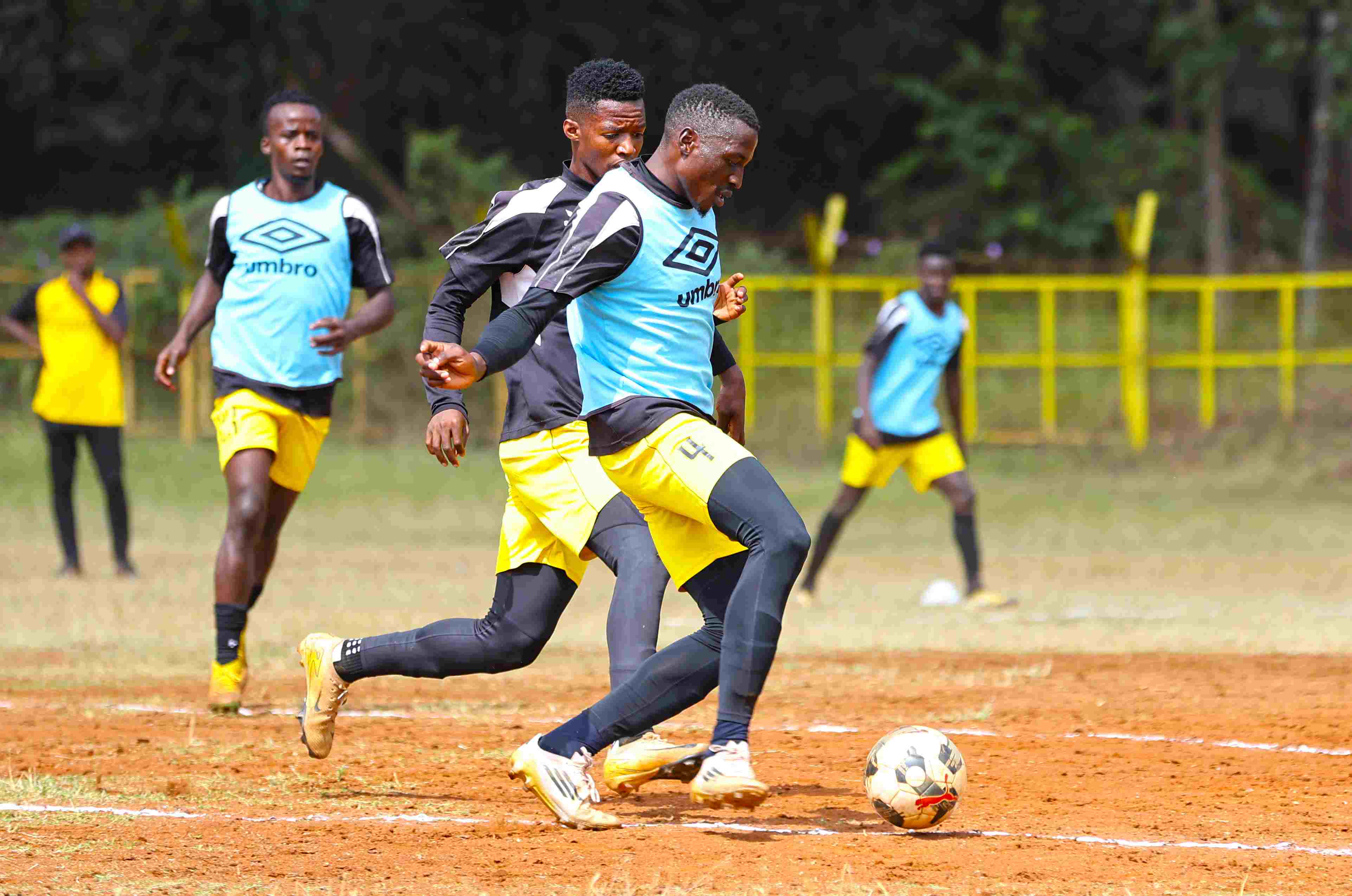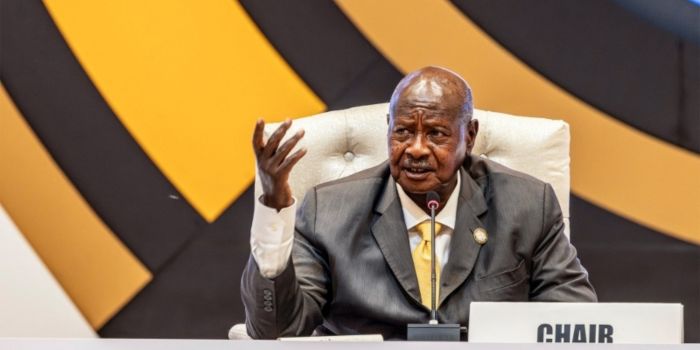Kenya struggles to aid persons with disabilities amid outdated data, funding shortfalls

Physical access, affordability and attitudes remain major barriers to healthcare.
Kenya is struggling to provide proper support to persons with disabilities due to outdated data and widespread stigma, a Health Ministry official has said.
Petronila Bwaso from the Reproductive Maternal, Newborn, Child and Adolescent Health (RMNCAH) division said the country still uses 2019 census data, which estimated 2.2 million Kenyans have disabilities.
More To Read
- Kenya’s marginalised groups locked out of clean energy, new report warns
- Less than 40 per cent of counties cover health costs for persons with disabilities - report
- Only 4 per cent of public institutions meet disability hiring quota - survey
- Trapped in Gaza: Palestinians with disabilities cannot reach aid
- KRA to begin nationwide tax exemption vetting for persons with disabilities on June 9
- At 20, Amina Kassim champions autism awareness in Mombasa through poetry and purpose
She said this limits funding and services because the figures are not detailed enough. “That data can’t give us enough resources for funding because it’s not disaggregated into various age groups,” she told reporters in Nairobi on Friday.
Bwaso spoke during a forum organised by the National Syndemic Diseases Control Council (NSDCC), which brought together 50 representatives from the disability community. The aim was to gather input for the next national health strategy targeting HIV, TB, malaria and other major diseases.
Fresh estimates from the 2022 Kenya Demographic and Health Survey suggest about 15 per cent of Kenyans aged five and above—roughly 7.5 million people—struggle with at least one functional difficulty. Around 2.5 million of them face serious challenges in movement, communication, sight or hearing.
Physical access, affordability and attitudes remain major barriers to healthcare. A 2022 report by the national statistics bureau found that only 5 per cent of persons with disabilities have health insurance, compared to up to 25 per cent of the general population.
The report also showed that 40 per cent face structural obstacles like a lack of ramps or accessible toilets, while 60 per cent struggle with costs such as transport and medical bills. One in four said they faced discrimination from healthcare workers.
The challenges also weigh heavily on caregivers. 70 per cent said they are physically exhausted, 60 per cent reported emotional stress, and half have left or scaled back on work to take care of someone with a disability.
Bwaso said low assessment and registration rates in rural areas are mainly due to fear and stigma. “Most parents, especially in rural areas, fear bringing children with disabilities for assessment because of how the community will view them,” she said.
She called for community education, increased funding, and more trained staff. “We need resources, including human resources and healthcare providers, to effectively support persons with disabilities,” she said. “We’ve made our recommendations to the NSDCC and hope they will help address gaps in healthcare, assistive technology, and empowerment.”
She added that discrimination is still common in many communities. “Everyone should be told these are just like any other people. They shouldn’t be discriminated against. Discrimination and stigmatisation are what have brought problems to us,” she said.
NSDCC official Joshua Gitonga said feedback from the meeting would help shape the new national strategy. “We have not only listened but captured what you want to be included within the framework,” he said, encouraging more input through the council’s online platform.
Top Stories Today

